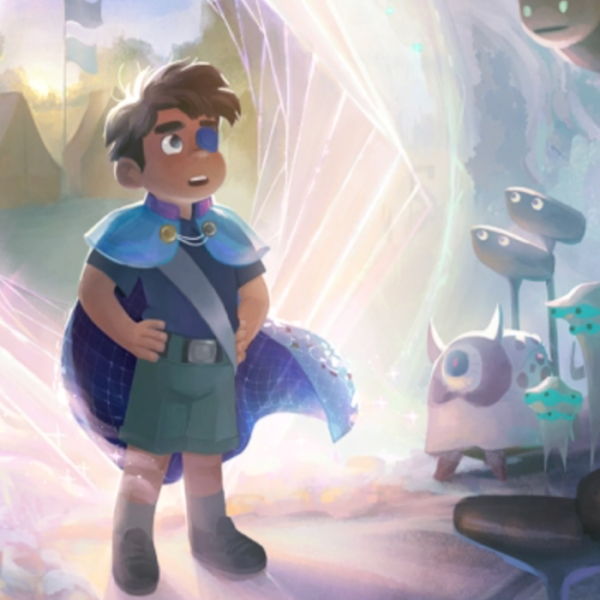
As we wrap up our year-end coverage, IndieWire looks back at the people, projects, and ideas that defined 2023 — and what’s coming next.
Hollywood seems to have its version of the Peter Principle. That helps to explain some recent big budget failures, but also suggests a path to success. The Peter Principle, defined by a Canadian educator in 1969, states that corporations routinely promote good workers upward to their level of incompetence. The Hollywood variation on that is that successful movies turn into sequels that continue with ever increasing budgets to their inevitable depletion amid enormous losses.
Of the up to 14 films released in 2023 with production costs (not counting marketing) over $200 million, only one (“Guardians of the Galaxy Vol. 3”) is certain to show any level of significant profit. Several, perhaps a majority, might end up even with later revenues that show a loss.
So they should adjust and stop making them, right? Not so fast. There would be consequences.
U.S./Canada box office for 2023 looks to come to around $9 billion. Of that, nearly $2.5 billion will come from these juggernauts. The failure of multiple of them to reach expectations (including “Mission: Impossible — Dead Reckoning Part One” and two Marvel releases), with the results that hundreds of millions of dollars of gross went missing, is why it isn’t higher.
Theaters are treading water still, with recovery from COVID much slower than hoped. That increases the value of any credible movie, no matter what its studio’s financial stake. Projections for the 2024 box office are grim, with the early consensus of around $8 billion, barely up from 2022. And, because of ticket price increases, that means less actual tickets will be sold. Attendance would be down as much as 40 percent behind recent peak year 2018.
A prime reason? There are, on paper at least, fewer $200 million and higher budget franchise releases. This year, at least 10 will gross over $100 million (“Aquaman and the Lost Kingdom” is still TBD). Whatever their overall shortcomings, they will be missed next year.

Studio executives are keenly aware of this. Producer Amy Pascal (“Spider-Man: Across the Spider-Verse”) at a recent panel moderated by IndieWire’s Anne Thompson was asked if movies can continue to cost so much?
“It depends on what kind of movie, there are movies like this movie, like other ‘Spider-Man’ movies, like a lot of movies that are out now, that require the story to be told on a grand scale, that’s why you go, but in order to get people to want to leave their houses and go to the movie theater these days, you better be doing something that people haven’t seen before, and something that is going to move them,” Pascal said. “We go to movies as human beings emotionally, and you have to get people to want to see them. In all of our pasts, we made a lot of movies that sadly probably wouldn’t be in the movie theaters these days, which breaks my heart, but if you want people to come to movie theaters, whether it’s our movie or ‘Everything Everywhere All at Once,’ it isn’t about how much it costs, it’s how gold it is.”
During a recent Barbie party, Michael DeLuca, co-chairperson and CEO of Warner Bros. Pictures Group, said that while he knows that DC tentpoles will always command a hefty price tag, he’d be happy going forward to spend $200 million on four original movies that could pull in audiences the way “Everything Everywhere All at Once” did.
The reality though is that $50 million and under films can break out, but it comes from a limited pool. Ten of the 16 this year among the top 50 films (ranging in gross from $137 million to $48 million) are horror films. Others — “The Sound of Freedom,” “Taylor Swift: The Eras Tour,” “The Jesus Revolution,” “Godzilla Minus Zero” — are distinctly not close to normal studio fare (though an earlier version of “Sound of Freedom” was originally set to be made by a pre-Disney Fox).

The one that pops out as a template that needs to be build on is “No Hard Feelings.” The Sony comedy, starring and produced by Jennifer Lawrence, cost $45 million and worldwide grossed $88 million. Add in normal marketing costs, and the film will need to add substantially from post-theater revenues to break even. (It had a strong run on PVOD, as usual receipts from this unknown, and is streaming on Netflix as part of the studio’s deal with them for a likely substantial amount.)
And that’s a film that is perceived as a success. Even if much bigger, it could never reap the profits that “Avatar: The Way of Water” (cost, perhaps $400 million, total theatrical gross $2.3 billion) or “Spider-Man: No Way Home” ($1.9 billion from a $200 million cost).
That potential (and most similar cases in recent years have come from other franchise films) drives the greenlighting of massive budgets. It can be extreme — Disney and Lucasfilm’s $524 million “Indiana Jones and the Dial of Destiny” warranted $300 million plus marketing, worldwide gross $384 million), and though “The Little Mermaid” did better ($570 million after $240 million budget before marketing), it will show a small profit at best. DC Comics’ attempt to launch a new lead character with “The Flash” (over $200 million cost, $270 million worldwide) failed miserably.
The takeaway from this year, though, is that there is big money to be made. But it, for both theaters and studios, comes in larger part from films in the $100 million-$200 million range, but in the $200 million+ space.
That’s still a lot of money, of course. “Barbie” and “Oppenheimer” were non-sequels, and even sequels and continuations like “Spider-Man: Across the Spider-Werse,” “John WickL Chapter 4,” “Hunger Games: The Ballad of Songbirds and Snakes” all cost $150 million or less. It helped that precedents, unlike for higher cost sequels, didn’t argue for much higher.
It also helped that generally earlier renditions of a project cost less (“Deadpool” in 2016 had a $58 million budget). That mattered less when executives felt confident in the international market and the wave of sequel successes. But that model has reached its Peter Principle.
It’s not that there aren’t duds among. “The Haunted Mansion” (which cost $150 million) managed a paltry $117 million worldwide. Still, the 12 films in the $100 million-$200 million range (again, mostly under $150 million), fewer than those costing more, took in a domestic $2.7 billion this year. And that’s not counting “Wonka” ($125 million cost, nearing $200 million worldwide already).
Whether the studios can cut costs of the high-end films might mean changing directions from what used to be an easy regurgitating of successes (do we need a “Fast XI”? This year’s entry cost $340 million, with mostly foreign interest, $714 million gross.) Each one has needed to up the ante in action and FX and other expensive elements. If made, something else will be needed.
Maybe pay Taylor Swift $50 million to sing three original songs?
Additional reporting by Anne Thompson.


